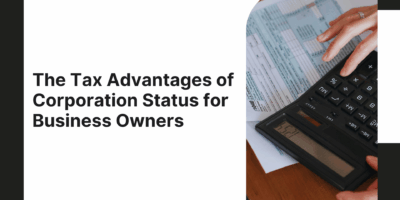
Can You Use Your 401(k) as a First Time Home Buyer?
Understanding the pros and cons of using 401(k) as a first-time home buyer is crucial. Should using the 401(k) as a first-time home
buyer be considered as a last resort?

To save money for retirement, Americans must plan and choose the best investment option for them. Most people invest in defined contribution plans, such as 401k, but it is not always clear if their plan is healthy. Here are some statistics to help and give you a benchmark of your 401k performance.


The popularity of the 401k plan is undoubtedly on the rise. Choosing the right plan for your future is more important now than ever, and the statistics shown above should help and give you a clearer image of what your ideal 401k plan should look like.
Browse our curated list of vendors to find the best solution for your needs.
Subscribe to our newsletter for the latest trends, expert tips, and workplace insights!

Understanding the pros and cons of using 401(k) as a first-time home buyer is crucial. Should using the 401(k) as a first-time home
buyer be considered as a last resort?

What if your biggest tax lever isn’t a deduction but your legal structure?

In the game of supply chain, distribution management is the key player that turns potential chaos into organized efficiency.

From growth trends to access to funding – equip yourself with insights to stay ahead of the curve and elevate your small business potential.
Used by most of the top employee benefits consultants in the US, Shortlister is where you can find, research and select HR and benefits vendors for your clients.
Shortlister helps you reach your ideal prospects. Claim your free account to control your message and receive employer, consultant and health plan leads.